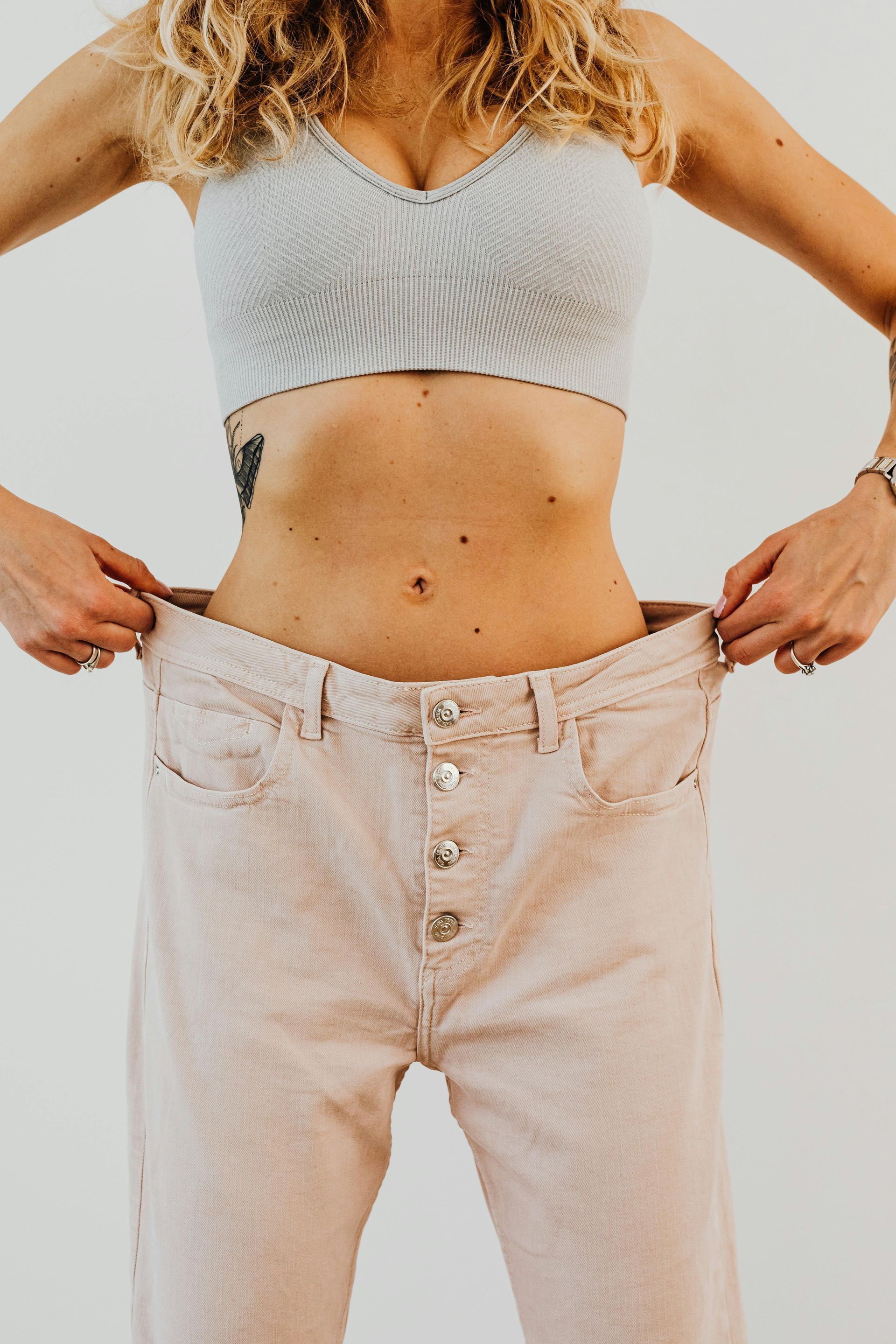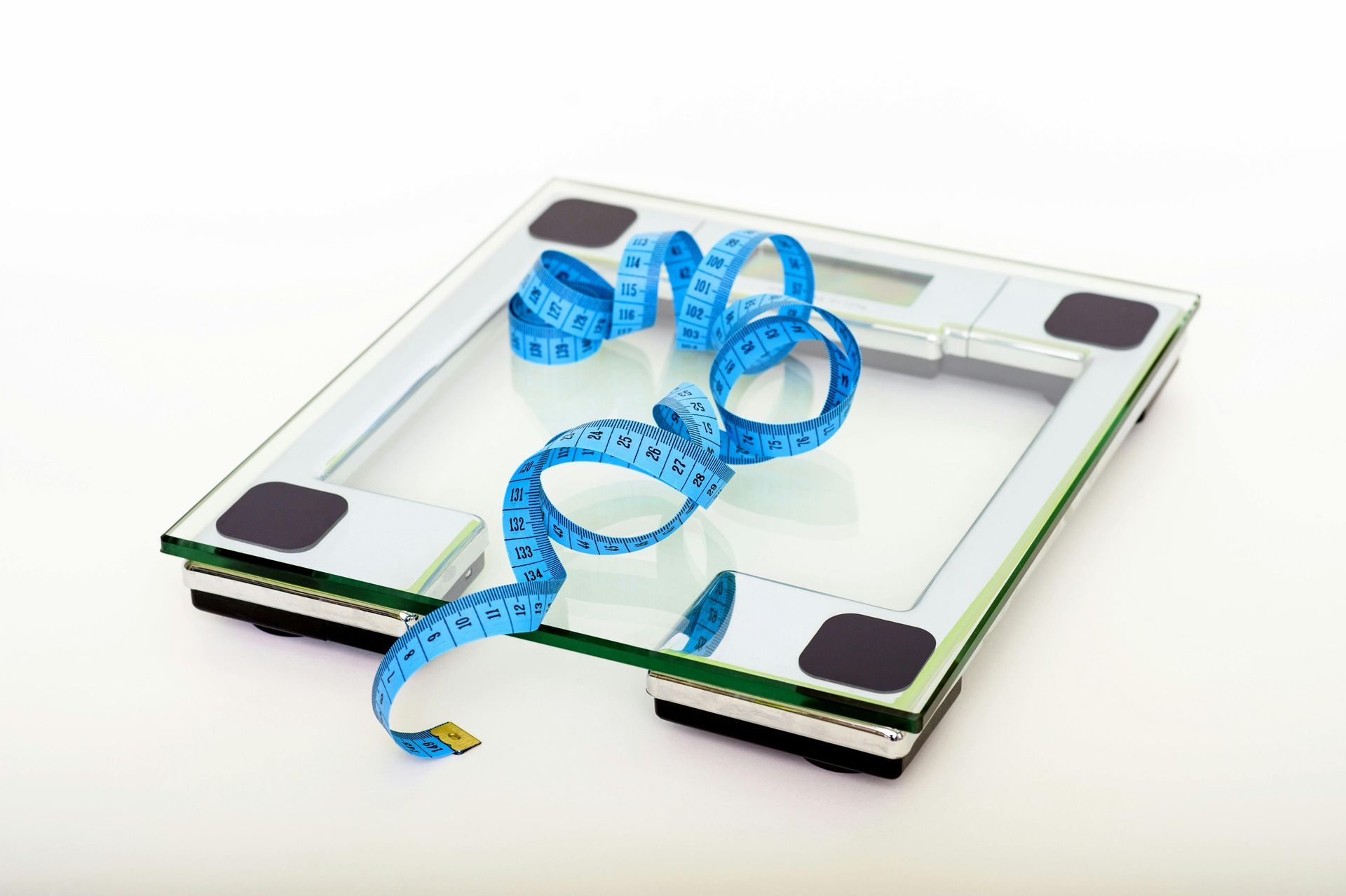Philosophy of Weight Loss

According to the CDC, 74% of adults in the United States are overweight. That data or information is from 2020, most likely you could bump that number up a couple points now. Out of that group of people, most want to make changes and do something about it. Those people might be asking, where should they start and what information should they use to get the ball rolling and create a sustainable routine and lifestyle for weight loss? That is going to be the problem we tackle in this article. The philosophy of weight loss, where to start, how fast should you make changes along the way and what good progress looks like.
The categories of what causes weight loss are vast. Sleep contributes to weight loss. Moving your body and working out is a pillar of losing weight. Other internal mechanisms like hormones contribute to it as well, plus overall stress on your body plays a role too. So where should most people start with losing weight and when should they add things, change things and know when they are making enough progress?
Where to Start
The journey of being healthy and losing weight isn't a short immediate path like the show The Biggest Loser made you believe. It is a long gradual, hard journey people must take. So when starting your journey, small steps are the best to take early on. We want habits and systems put in place that will last a life time. Finding a small habit to adopt will lead to big changes in the beginning as well. This could be adding 50g of protein to your daily intake. Or walking for 15 minutes a day after breakfast, lunch and dinner. It could also look like working out at the gym for 1 hour a week at first. Once the first step happens your confidence should increase and give you the motivation to keep adding more and more appropriately to your life. But it can not be stressed enough, a small step is still progress. It might sound cliché, but you can lose 50lbs without losing one pound first.
Adding to your Life
After starting on your health journey and putting one foot on the path towards physical flourishing. You might be asking yourself when should I start adding more to my life. You may feel confident and comfortable with the first step you took and are ready for more. There are a couple different ways to approach this question. First, if you are someone who has tried losing weight for years and can never stay consistent. You want to make sure that the first step you took is a habit or is something that is set in stone and a foundation to build upon. The worst thing you can do is add 50g of protein to your day and then trying to add 20g of fiber in to only not do either of them and be back where you started. So if you are someone that struggles with consistency and discipline. Make sure your last stepping stone is glued in place.
On the other side of the coin, if you are someone who handles change and new things well, you have a couple of options. First, you can simply wait to add something else to your lifestyle until progress stalls for you. So maybe that progress is your body fat percentage not going down. Or the scale plateauing or you waist staying the same size. But you could ride out that first change as long as you still see progress. The other option is to add another change or habit into your life. You could add another day to your workout routine. Add more walks in your week. Work on fiber intake or daily water intake. Whatever it is, you could keep adding to your health journey as long as you don't make regressions with your habits and lifestyle.
Measuring Progress
Lastly we are going to touch on measuring progress. When losing weight or reducing body fat we want to look at a few different metrics. First obviously is how much you weigh. Now this measurement is a marker of progress but it doesn't particularly show us the whole picture. It only tells us our total weight. Not fat mass or fat free mass, but total weight. The other 2 metrics I recommend are body fat percentage and circumference measurements. Circumference measurements can easily be done by yourself at home. Body fat percentage is a little harder. Some scales have a body fat percentage metric on them. However, this can be wildly inaccurate and fluctuate quite a bit depending on water weight and when you've emptied your bladder last. For a more accurate body fat percentage test, use calipers to find your body fat percentage. Almost every big box gym or local gym has calipers available. You can ask a personal trainer to take your measurement for you.
Now to gauge good progress and know if things are still trending in the right direction. Only measure weight, circumference, body fat percentage at the most every other week. Any more frequent than that and the numbers will get into your head. Using these 3 metrics you'll get a clear picture of what is going on with your body. One metric may improve and the others may not. But all we are looking for is one of them to move. If you go a month without any moving even slightly then it is time to add to your journey and make more changes.




